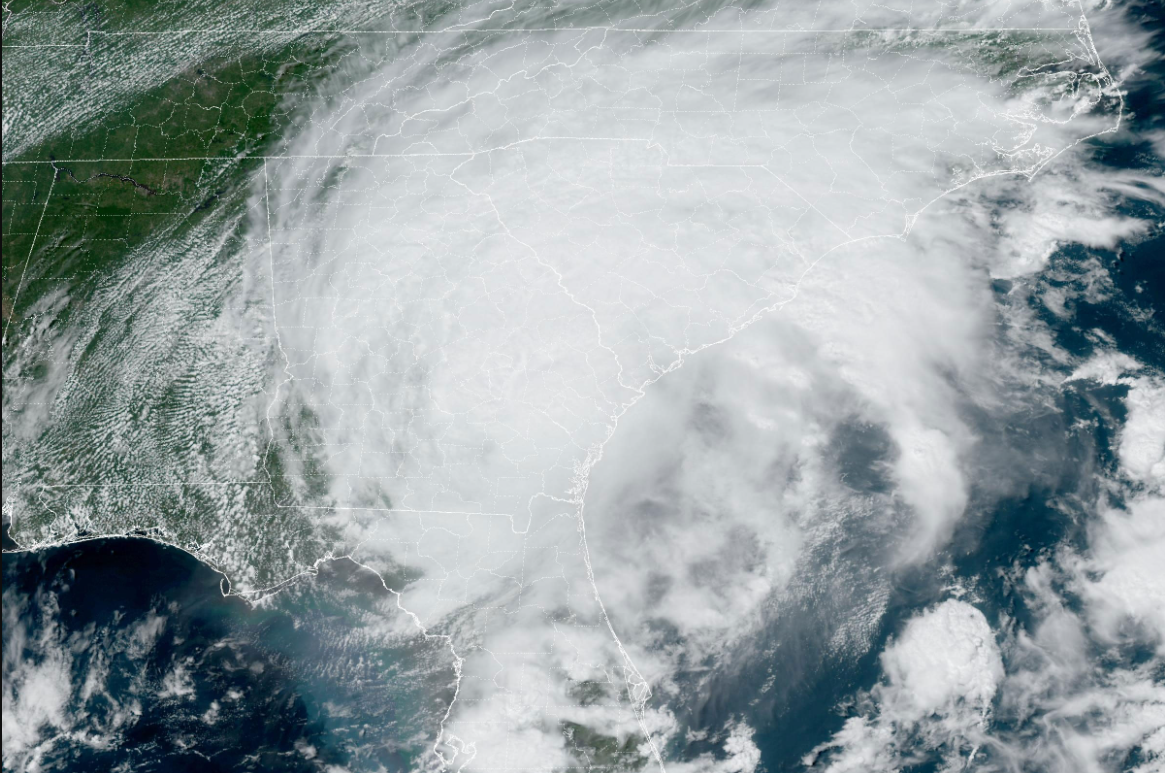
In a flurry of preparation, millions of Florida residents have taken measures to secure their boats and properties while seeking higher ground, as Hurricane Idalia gains strength and is projected to make landfall in the state’s Big Bend region. The hurricane, now escalated to an “extremely dangerous” Category 4, has prompted evacuations in 28 out of Florida’s 67 counties, with storm warnings and advisories covering vast portions of the state as well as parts of Georgia and South Carolina.
Path of Hurricane Idalia
Idalia transformed from a tropical storm into a formidable Category 4 hurricane, bearing down on Florida’s coast. As of 5 a.m. EDT, Idalia boasted sustained winds of 130 miles per hour and was heading toward a point just 60 miles west of Cedar Key, Florida. The National Hurricane Center (NHC) predicts that Idalia’s center will make landfall somewhere along the Big Bend region, a meeting point of Florida’s northern panhandle and the Gulf side of the peninsula.
The Threat of Storm Surges and King Tides
One of the most perilous consequences of Hurricane Idalia’s arrival is the potential for storm surges – walls of seawater surging up to 10 to 15 feet high that could inundate low-lying coastal areas. This phenomenon occurs when the combination of high winds and atmospheric pressure generated by the hurricane drives ocean water onto land. Compounding this threat, a “king tide,” the highest form of high tide, is coinciding with Idalia’s approach due to the alignment of the sun and moon with Earth. This could further worsen the surges, putting hundreds of miles of Florida’s shoreline under storm surge warnings from the panhandle to the south.
Evacuation Measures and Disruptions
Authorities are in a race against time to evacuate residents from vulnerable areas. The Florida emergency management agency has issued evacuation orders for 28 counties, with 16 counties mandating evacuations for specific residents, particularly those in coastal, flood-prone, or structurally weak areas. Shelters have been opened to accommodate evacuees, with officials emphasizing the urgency of heeding evacuation orders.
Idalia’s impact is expected to extend beyond evacuated zones, causing disruptions such as power outages, school and business closures, and transportation halts. Florida Governor Ron DeSantis has declared a state of emergency for 46 counties and called up around 5,500 National Guard members for assistance. Additionally, up to 40,000 electricity workers stand ready to swiftly restore power post-hurricane.
As preparations intensify and the situation unfolds, the entire region is bracing for the impact of Hurricane Idalia. Stay informed, take heed of evacuation orders, and prioritize safety above all else.
Note: This article is based on information available as of the provided date and time. The situation may change rapidly.

